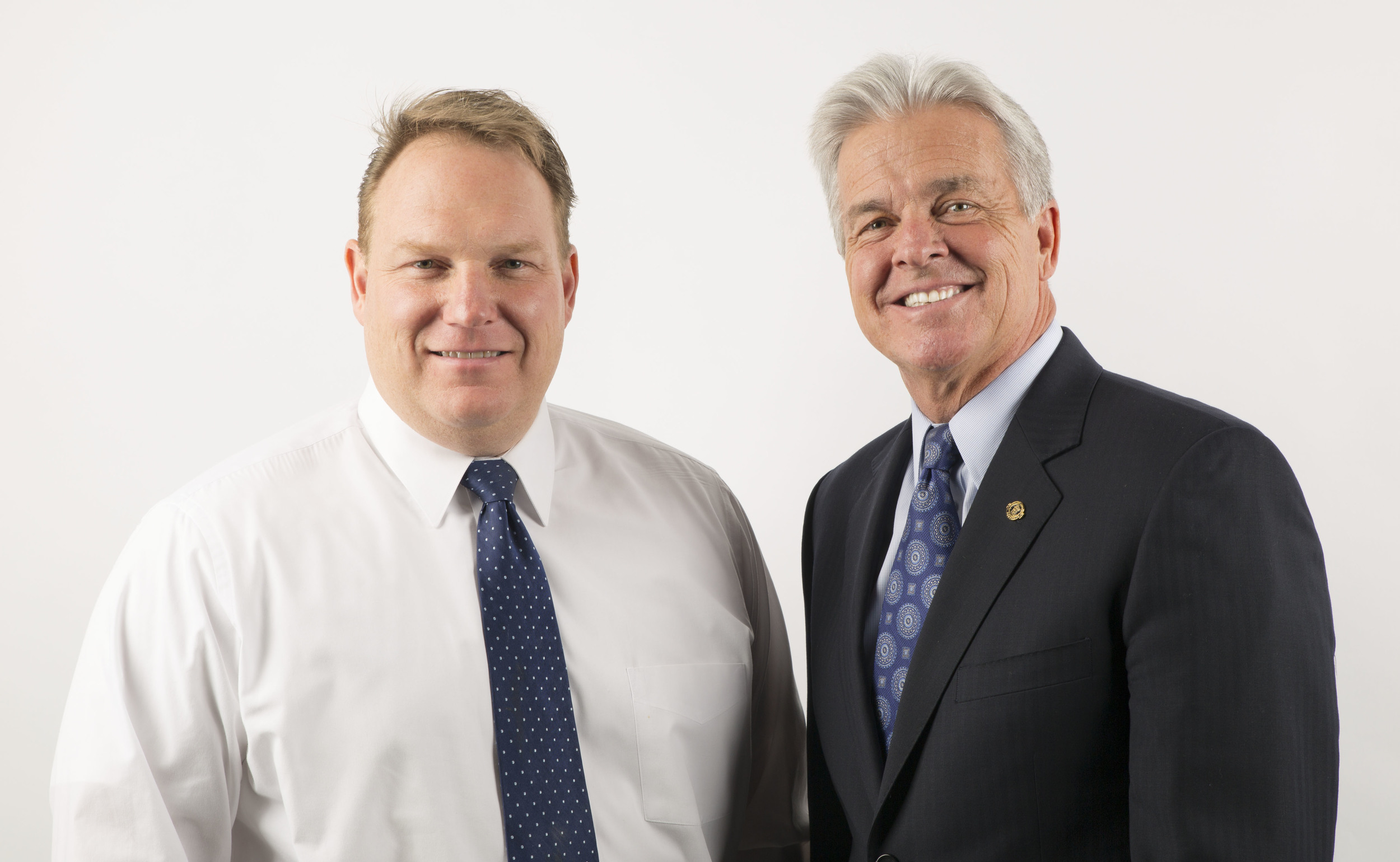 One of the greatest examples of collaboration is evident in the cooperation between Denver's police investigators and the District Attorney's office, in the form of the DNA Crime Lab and Cold Case Project. The success of the Cold Case project has formed over a number of years. DNA evidence first came about in the late 1980s and the admission of DNA evidence became widely accepted in the 90s. By the year 2000, a boost to technology brought about exponential demands on the the DNA lab due to their great success solving crimes.
One of the greatest examples of collaboration is evident in the cooperation between Denver's police investigators and the District Attorney's office, in the form of the DNA Crime Lab and Cold Case Project. The success of the Cold Case project has formed over a number of years. DNA evidence first came about in the late 1980s and the admission of DNA evidence became widely accepted in the 90s. By the year 2000, a boost to technology brought about exponential demands on the the DNA lab due to their great success solving crimes.
When the DNA database was first introduced, after compiling and entering forensic evidence from years of cold case investigations, the first 100 hits they put in showed that 70 of the suspects who were tied to the old DNA were in prison for other crimes. This lead to the realization that cross-referencing the DNA from unsolved cases, to other felony crimes would be useful in solving cold cases. As Denver District Attorney, Mitch Morrissey emphasizes, "These criminals don't stop until we stop them."
Denver Crime Lab Director, Greggory LaBerge developed a unique DNA training program for police investigators and district attorneys. As a result, he and Mitch Morrissey have taught the program to other jurisdictions, in the United States and abroad.
Join us for a conversation about how recent legislation requires those criminals, charged in felony cases, to register their DNA in the database to assist investigators in solving crimes. This is the most effective, and least expensive way to get rapists and murderers off the streets.
Listen Saturday at 1:00 PM on 710 KNUS – Please let us know what you think of our program, either by commenting here or on Facebook at Connect & Collaborate with ICOSA or join the discussion on Twitter @ICOSAMagazine.


